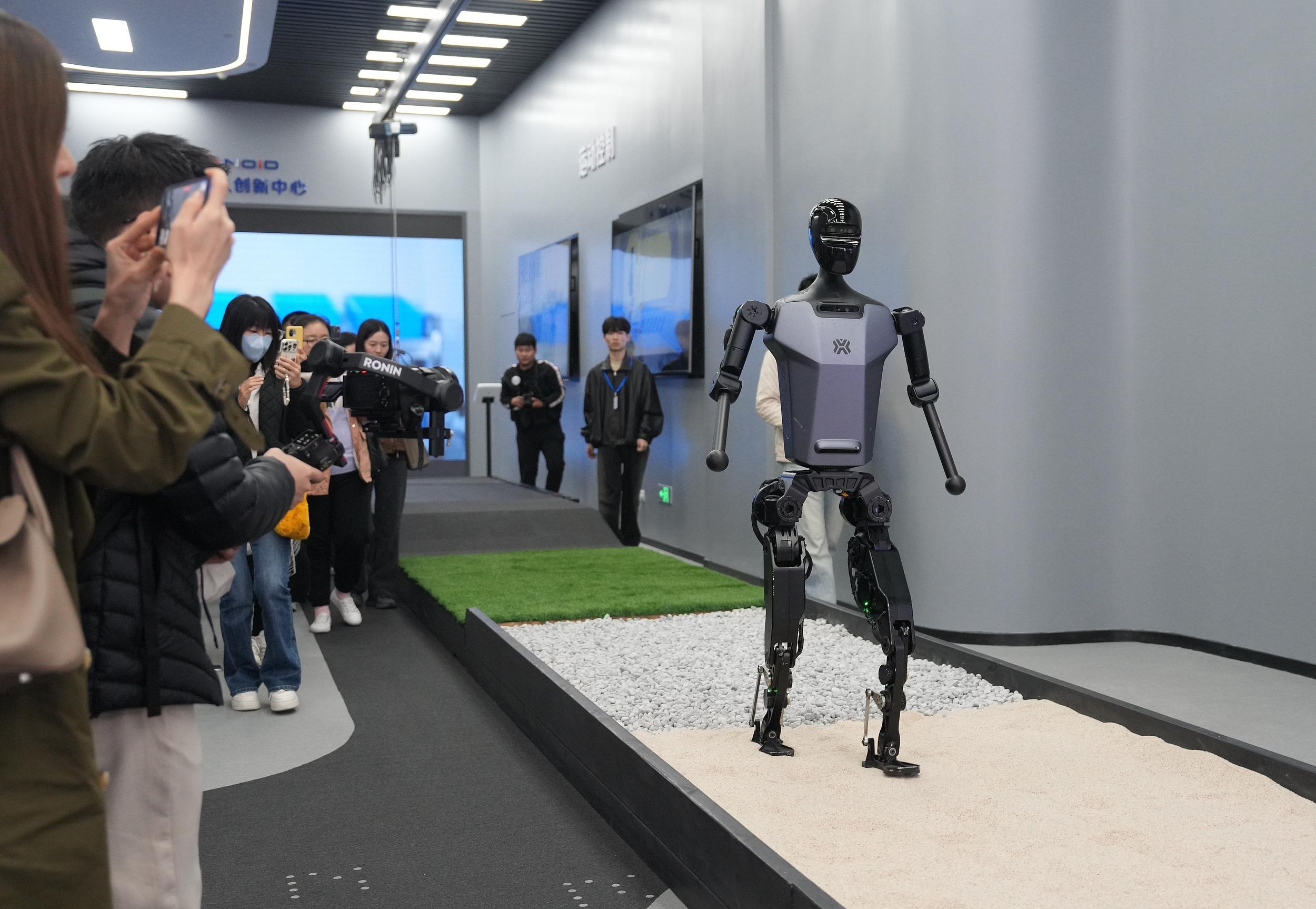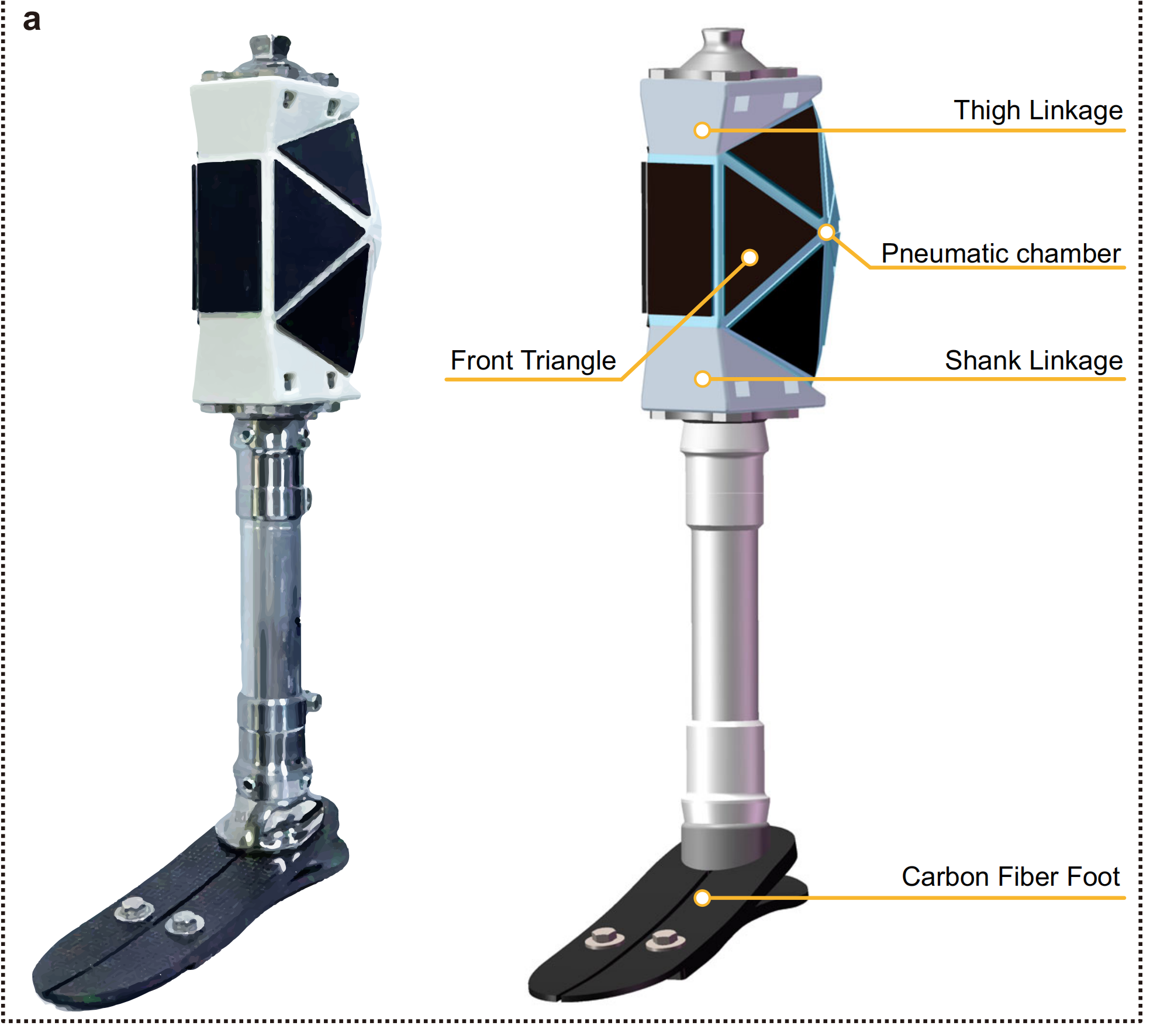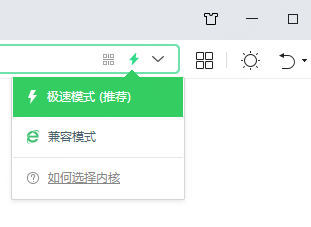Humanoid Robot Tiangong Goes Open Source

By GONG Qian
Tiangong, the world's first full-size, purely electric humanoid robot, has officially gone open source to boost further development of robotics.
Developed by Beijing-based National and Local Co-built Embodied AI Robotics Innovation Center, Tiangong can run at an average speed of 10 kilometers per hour, with its maximum running speed now reaching 12 kilometers per hour. Additionally, Tiangong can move comfortably across various complex terrains, including slopes, stairs, grass, gravel, and sand.
The development of a robot's body is time-consuming, from project initiation, design, drawing preparation, joint selection, and motion control, to algorithm iteration and verification, it essentially requires a period of six months to a year, according to the center. After becoming open-sourced, enterprises and research institutions can directly utilize it, shortening the industry's development cycle and lowering R&D costs.
Currently, many blueprints of Tiangong are already available for downloading online. The structural blueprints, software architecture, electrical systems, data sets and motion control training frameworks are also expected be open-sourced. Building on these achievements, universities and research institutes worldwide are permitted to further develop and apply the embodied intelligence, thus accelerating the integration of humanoid robots into human life.







